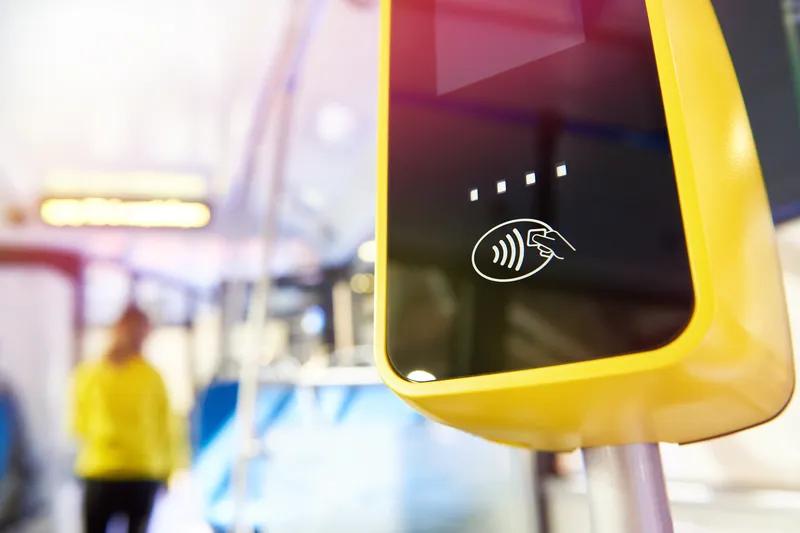Easytrip, Ireland’s largest provider of electronic tolling payment services has launched a new Charge2Mobile toll payment service, in partnership with O2, using payments solutions provider Oxygen8’s mobile payments platform.
Said to be the first of its kind, the service will provide a more convenient channel for paying tolls on Ireland’s M50 for car drivers who currently pay by cash. Available immediately to O2 customers in Ireland, Easytrip hopes to roll out its Charge2Mobile tolls offering across other n
January 15, 2013
Read time: 2 mins
Said to be the first of its kind, the service will provide a more convenient channel for paying tolls on Ireland’s M50 for car drivers who currently pay by cash. Available immediately to O2 customers in Ireland, Easytrip hopes to roll out its Charge2Mobile tolls offering across other networks over the coming months.
Charge2Mobile allows car drivers who use the M50 and all other Irish toll plazas to pay tolls through their pre-pay or bill pay O2 mobile account. The new payment concept will enable Irish car drivers to avoid M50 fines and to stay in control of toll charges.
To use the service, a customer signs up online or by telephone. They receive an Easytrip electronic tag in the post, which is linked to their O2 mobile account, and which is then placed on the windscreen of their car. Each time they drive through a toll location their trip is recorded and the appropriate charge is made against their mobile phone account. The customer receives a text message from O2 confirming that the toll has been paid.
“The inherent value of our new service is its convenience,” said Dermot MacEvilly, Chief Executive Officer at Easytrip. “We identified a customer need for the 10,000 or so users of the M50 every day and developed this niche product to meet it.”







